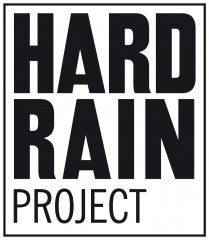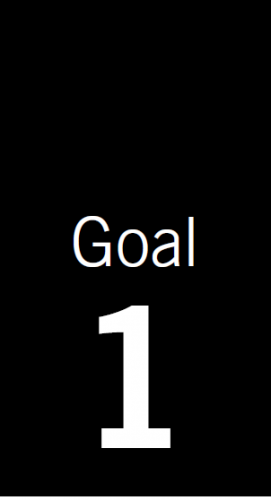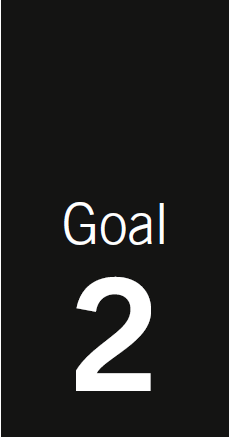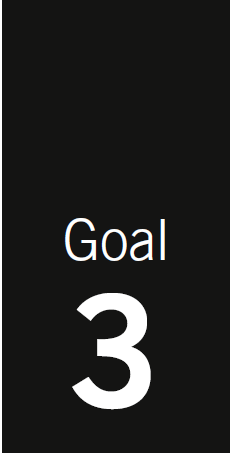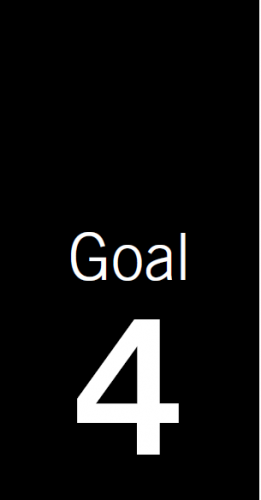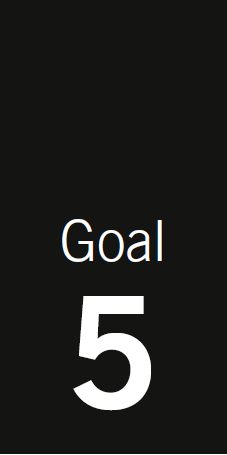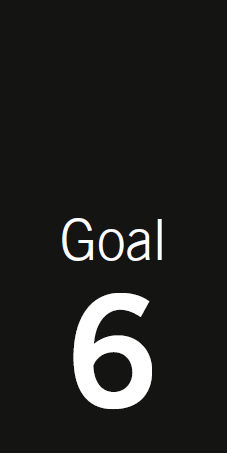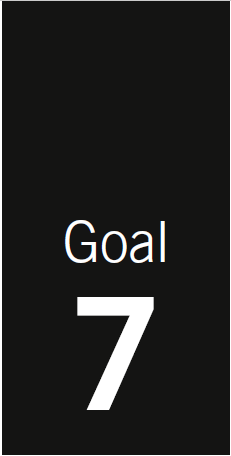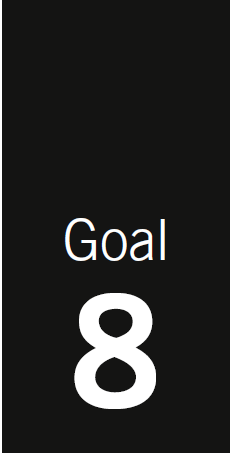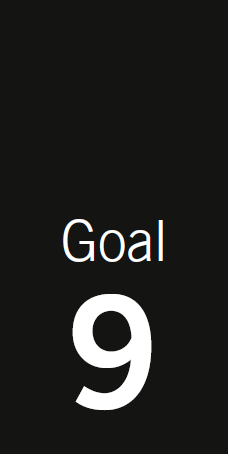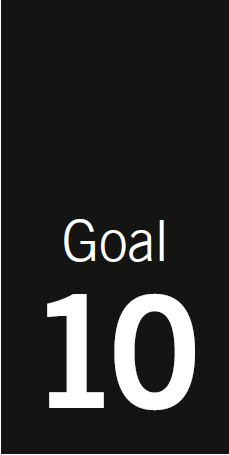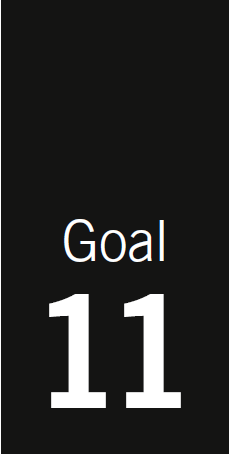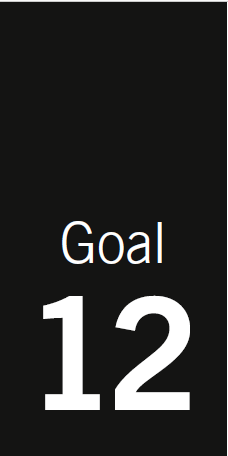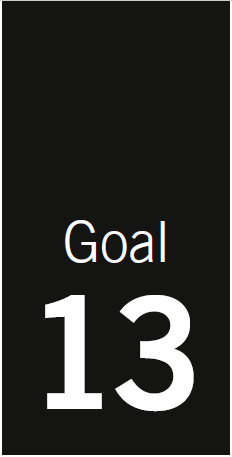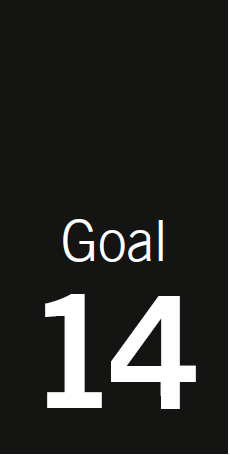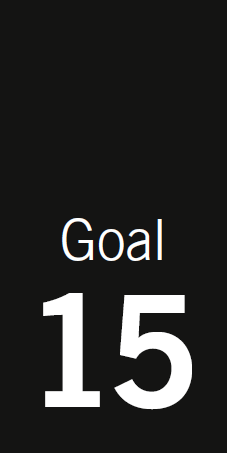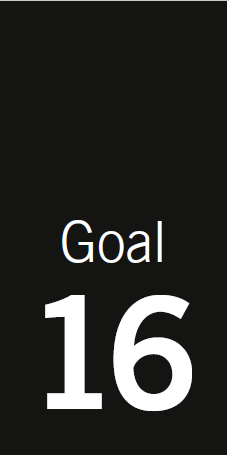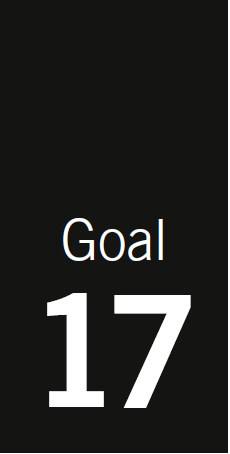Promoting Education for Sustainable Development
How to empower people of all ages and backgrounds to understand the challenges facing our world today, and to responsibly act upon them?
This question is at the heart of UNESCO’s Global Action Programme (GAP) on Education for Sustainable Development (ESD) that aims to scale up ESD action worldwide, in support of the Sustainable Development Goals (SDGs).
It is also the question guiding the UK-based non-profit organization Hard Rain Project, which won the 2017 UNESCO-Japan Prize on Education for Sustainable Development for its innovative international exhibition projects Hard Rain and WHOLE EARTH?. In the framework of the GAP, the Prize honours and showcases outstanding ESD programmes. With generous funding from the Government of Japan, UNESCO annually rewards three winners with USD 50,000 each.
With the support of UNESCO, the UK Permanent Delegation to UNESCO and the UK National Commission for UNESCO, the Hard Rain Project has adapted WHOLE EARTH? to the SDGs, to raise awareness of sustainability challenges – and solutions – among an even larger public.
We hope the stunning images and text will inspire and challenge visitors to turn thoughts into action.
